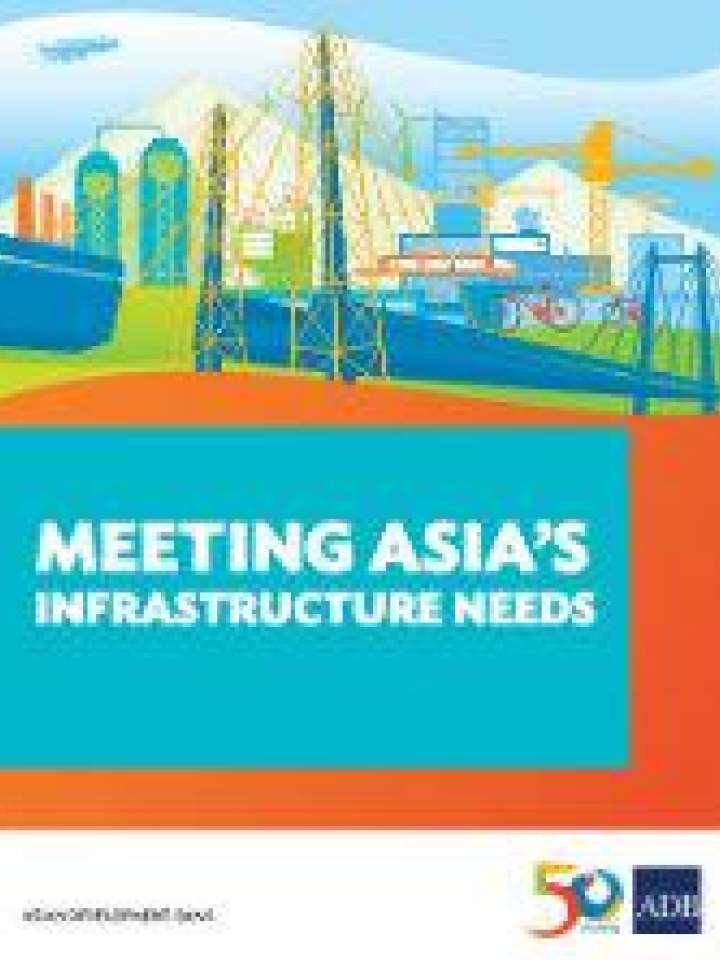Meeting Asia's infrastructure needs
This report examines developing Asia’s infrastructure—defined as transport, power, telecommunications, water supply and sanitation. It examines how much the region has been investing in infrastructure and what will likely be needed through 2030. It also analyzes the challenges shaping future infrastructure investment and development.
This report updates projected investment needs in infrastructure originally estimated by the ADB and ADB Institute in 2009, by presenting infrastructure investment needs for all 45 developing member countries (DMCs) from 2016 to 2030, the final year of the United Nations Sustainable Development Goals. Two sets of estimates are presented. The first includes the costs of climate mitigation and adaptation (climate-adjusted estimate). Using this set of estimates, developing Asia will need to invest $26 trillion over the 15-years from 2016 to 2030, or $1.7 trillion per year. The second set of estimates does not include climate-adjusted costs (baseline estimate), and amounts to $22.6 trillion, or $1.5 trillion per year.
The second contribution of the report is that it provides a detailed analysis of infrastructure investment gaps. The estimates of infrastructure needs are compared with current investment levels to get a concrete sense of the gaps countries need to bridge. Based on an assessment of how much the public sector can invest in infrastructure with public finance reforms, the report provides a sense of how much private finance will be required for developing Asia to meet its infrastructure needs and what policies will allow this to happen.
The third contribution of the report relates to measurement of infrastructure investment. Given the lack of comprehensive data on actual infrastructure investment data across countries, this report seeks to better understand how much countries have been investing in infrastructure by considering several ways of measuring infrastructure investments. It adopts a benchmark measure that relies on country infrastructure expenditures from government budget documents plus information on private investment in infrastructure from a World Bank database. There is certainly room for improvement on measurement of infrastructure investments, and the report suggests a way forward through collaboration between national accounts statisticians in the region and international agencies.
Explore further
